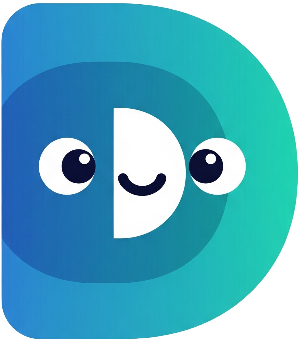Great job on creating your first Dart program! Now, let's give our digital pet some personality by adding hunger and happiness levels. This recipe will introduce you to fundamental data types (int,
bool), null safety, and enhance our output.
Problem: You need to represent your pet's hunger and happiness using variables, handling the possibility that these values might not be set initially (null safety). You also need to display these values in a meaningful way.
Solution:
We'll use
int
variables to track hunger and happiness levels,
bool
to check for certain conditions, and incorporate null safety features. We will also refine our output to display the values more effectively.
Step 1: Adding Hunger and Happiness Variables
Let's add two integer variables,
hunger
and
happiness, to track our pet's status. Integers (int) represent whole numbers. We’ll start with a moderate hunger and happiness level.
void main() {
String petName = "Buddy";
int hunger = 5; // Hunger level (0-10)
int happiness = 5; // Happiness level (0-10)
// ...rest of the code
}
Step 2: Handling Potential Null Values (Null Safety)
What if, for some reason,
hunger
or
happiness
wasn't initialized? This is where Dart's null safety comes in. While we're initializing them here, understanding null safety is crucial for more complex programs. Let's make our code more robust. If you try to use a variable that hasn't been assigned a value, Dart will throw an error. This prevents runtime crashes caused by unexpected null values. We're initializing them, so we don't need to explicitly handle null values here. However, in a more real-world scenario, this would be important!
Step 3: Displaying the Pet's Status
Now let's update our print statement to show the pet's hunger and happiness levels.
void main() {
// ...previous code...
print("Hello, $petName!");
print("Hunger: $hunger");
print("Happiness: $happiness");
}
Run your code again. You'll now see your pet's hunger and happiness level displayed.
Step 4: Using Boolean Variables (bool)
Let's add a
bool
variable to check if the pet needs attention. A boolean (bool) variable can only be
true
or
false. We’ll use it to show if the hunger level is too high or the happiness level is too low.
void main() {
//...previous code...
bool needsAttention = hunger >= 8 || happiness <= 2; // Needs attention if hunger is high or happiness is low
print("Needs attention: $needsAttention");
}
Run your code. The output now includes whether your pet needs attention based on its hunger and happiness levels.
Congratulations! You've successfully added data types, improved output, and introduced null safety concepts!
Next Steps:
In the next recipe, we'll make our pet interactive by adding functions to feed and play with it. This will introduce you to functions, conditional statements (if/else), and asynchronous operations with
Future
and
await.
